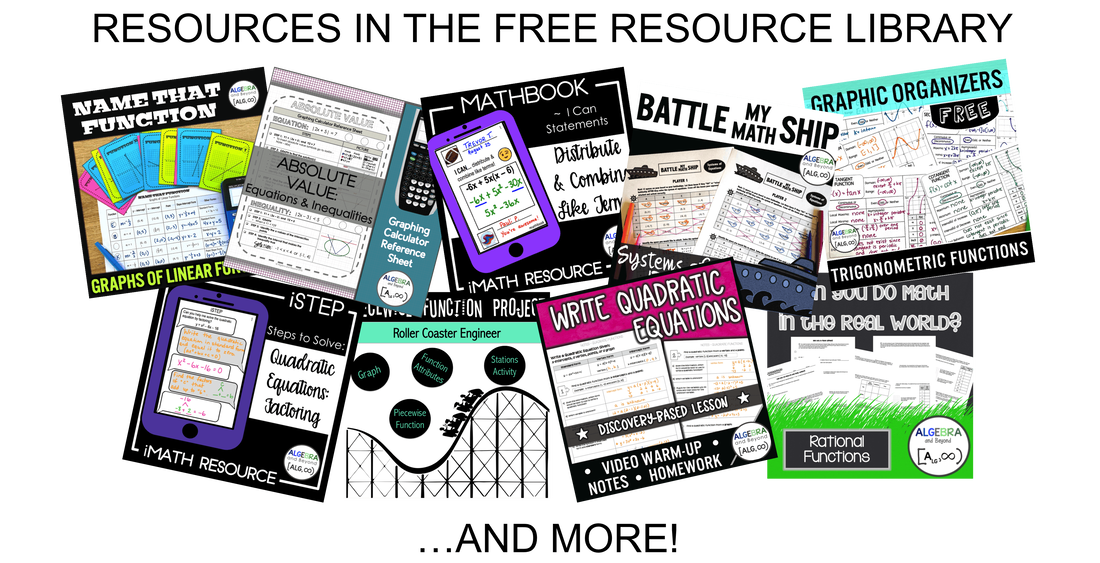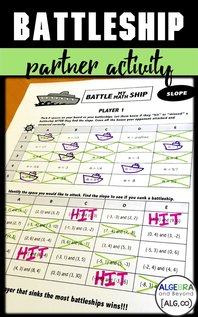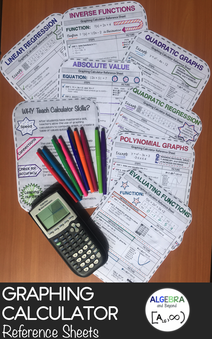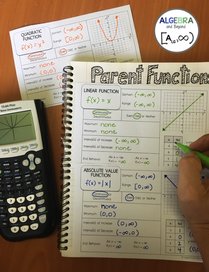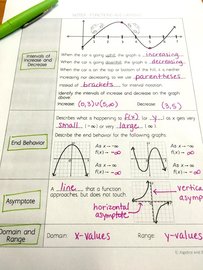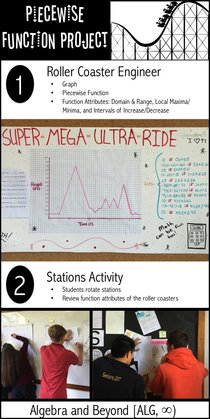|
In this post I will be using the term learning targets, also known as objectives, benchmarks, indicators, and standards. Each school uses different verbiage, so I wanted to clarify before reading further. 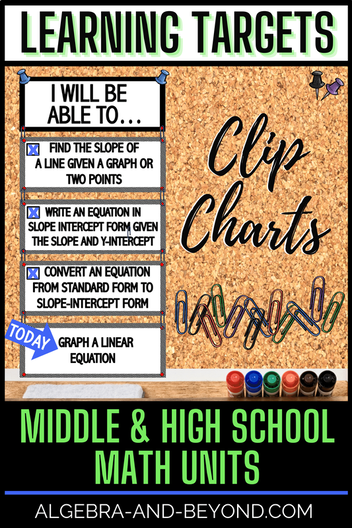 I need to preface this post by letting everyone know I did not come up with the idea of clip charts. I have to give the credit to a colleague of mine named Joey. When I was a Curriculum Director, I was observing Joey giving a lesson. That’s when I saw the clip charts hanging in the front of his classroom. I LOVED everything about them! Find out why… What are clip charts? Clip charts are a way for teachers to display content they want students to refer to during a lesson and/or unit. In my classroom, I use them to show all the learning targets for a unit of study. They are great to hang up at the beginning of a unit, mark off as you work through each learning target, and highlight the learning target of the day with an arrow. Simple and easy way to show what students learned, are learning, and are going to learn. Why are clip charts helpful for teachers? I don’t know about you, but I constantly was forgetting to post the learning target each day. I was getting mad at myself, not only because it is an expectation set by our school and I was dropping the ball, BUT because I knew my students wanted to understand what their learning goals were each day. I was having a hard time planning, organizing, and consistently posting the standard on the board for various reasons. When I saw the clip charts hanging in Joey’s room, I knew in that instant that they were going to solve my problems…
These will help you stay organized, save you time, and benefit your students…basically make your life easier, with simple preparation that lasts years. Why are clip charts helpful for students? One of my former students came up to me one day and said that she missed me as her teacher. One of the reasons was because she always knew what we were learning each day, as I had made it so clear with the clip charts. With her current teacher, it wasn’t posted anywhere, not even by topic on the handouts. She felt this was negatively affecting how she was able to prepare and study for assessments. Maybe this teacher was having the same issues I had before I started using clip charts? Either way, students NEED to know thee learning targets in order to be successful. Clip charts are an easy way to solve this because students are able to view the learning targets throughout the unit.
Ready to solve your learning target problems?! Awesome! I have a free clip chart set on linear equations waiting for you in my resource library. Subscribe her to get instant access! Do you already know you want full sets that are EDITABLE?! I have that too! Click below on the classroom set you need. Want to see other ways you can use clip charts in math class? You can use them for formulas and step-by-step instructions to simplify expressions and solve equations. Many uses to help support students during the learning process! Check out Mr Jones Online for these types of clip charts.
8 Comments
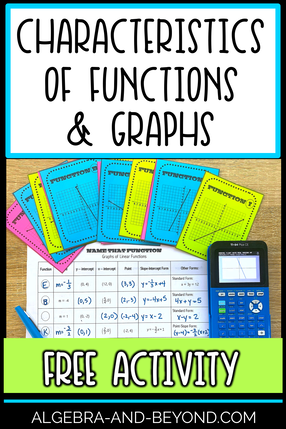 My math catchphrase is “connecting knowledge with understanding”, which you can read more about HERE. Every time I create an activity, this phrase is what I think about. It helps me stay focused on the true goal and outcome of what I want for each activity. There is one activity in particular that really embodies this statement. It’s an activity that I’ve used over and over with my students for different types of functions. At first, students tend to have productive struggle with this activity. BUT once they get the hang of it, they realize how making these connections helps them fully understand functions and their graphs. I call this activity Name That Function. What is Name That Function? Name That Function is an activity where students analyze graphs of functions and make connections to their characteristics and the function that represents each graph. Students are given a fill-in-the blank table where some information is already given. Then they match the graphs to the characteristics and fill in the missing information. There are different activities based on the type of function being studied. Each activity includes a print and digital version. Here are the different types of Name That Function activities and what attributes are reviewed: Linear Functions slope, y-intercept, x-intercept, points on the line, slope-intercept form, point-slope form, standard form, and parallel and perpendicular lines (optional). Characteristics of Functions domain, range, intercepts, local min, local max, intervals of increase and decrease, end behavior, parent functions, continuity, and evaluating a function from a graph Rational Functions factor and simplify, vertical asymptotes, holes, horizontal asymptotes, x-intercepts, y-intercepts, and domain Parent Functions domain, range, symmetry, intervals of increase and decrease, end behavior, and the parent function equation Why is this activity helpful? I cannot tell you how many times students treat equations and graphs as separate entities that have no connection. When, in fact, everything about them is 100% connected! I think this happens because we, as teachers, scaffold the content, and in doing so separate each aspect of a function into separate lessons. Which makes them appear disconnected. Great news! This activity brings an entire function unit together, so students can understand functions based on the equation, attributes, and graph as a whole. Do students enjoy this activity? Yes, my students enjoy making these connections and feel more prepared for assessments because of it! But you don’t have to take my word for it. Here are some reviews from other math teachers that have used these activities in their classroom as well: Great activity! Worked out perfectly in my stations and my students were very engaged! Thank you for sharing your creativity with me! – TexasMath4Success Excellent resource! Really helped my students make the connections I wanted them to make. Thank you! – Passion 4 Mathin This was a great activity after our introductory lesson. Students were able to compare and contrast different types of quadratics and it reinforced the concepts of min/max and vertex form. – Anna K. I used this as a group test in my class. Students loved the activity and we’re challenged to really understand all aspects of quadratic functions. – The Square Root of Teaching Great activity - my kids were able to apply their understanding and had great math conversations while they were working together. – Heather K. Such rich discussions took place with this activity. It worked great as a chapter review. – Michelle E. Was very helpful for my students of different levels, engaging – Shan H B. Perfect activity to test students knowledge and application of properties of quadratics and how they affect both graph and equations. – Grove Math This resource had just the rigor I was looking for! Thank you! I had my students use it in groups. I used part A for my on-level class and part B for my honors class. Great resource! – Theresa Simmons This activity engages students to understanding characteristics of function families. Great discourse and enrichment activity. – Tony R. Used for an in-class activity. Engaging and fun for students. Activity was thorough with great examples included. – Kristina R. Students had to think to get the whole picture. Thanks! – Lynn S. Can’t wait to get your hands on a Name That Function?! No problem, I have TWO waiting for you for FREE! If you are NEW to Algebra and Beyond, CLICK on either image below to sign up and receive the activities. If you are already part of the Algebra and Beyond Community, click HERE and use the member passcode to access the activities. Are you already convinced that your students will LOVE this activity?! Choose the activities that best fit your curriculum:
What are iMath activities?
iMath is a series of activities designed with the intent to engage students in math by putting a fun twist on their favorite phone apps* - Facebook, iMessage, Instagram, and Tumblr. Each iMath activity covers different skills in a unique way. Students add each activity to their phone/tablet template that can be on display in the classroom. Below is a description of iSTEP, which is meant to model iMessage. *None of these activities are actual digital apps or affiliated with the app they are modeling. 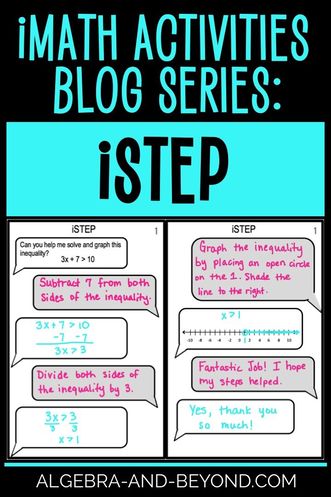 
What is the purpose?
COMMUNICATION! Often students can solve a math equation, but have a difficult time verbally explaining what they are doing. This activity addresses this problem. Each student is to “text” with a friend who needs help with a math concept. Their classmate asks how to solve an equation and the student has to explain each step needed in order to get a solution. Then their classmate “texts” back showing the algebra they did to complete the step. I LOVE how these activities have transformed how students think and discuss math in class!!! How do I use this in my classroom? The day before an assessment I set up review stations. Each station has an activity that covers a different concept students will see on the assessment. I use iStep at one station and other stations may include Battle My Math Ship, Name That Function, or an activity from some of my favorite TpT friends: Kacie Travis, All Things Algebra, Mrs E Teaches Math, Free to Discover, Scaffolded Math and Science, or Math Giraffe. Which app does this activity model? iStep’s design is similar to texting in iMessage, WhatsApp, or any other form of texting app. Let’s face it, texting is one of the most popular ways people communicate with each other in this day and age. So let’s have students do it with math too! 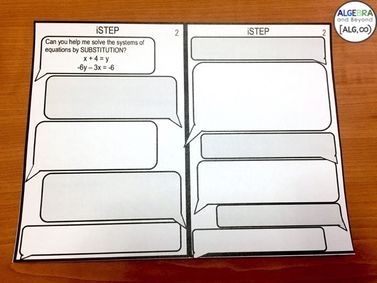 
How do you do this activity?
Each student will… Step 1 – Need one iStep sheet. Step 2 – Read the question in the first bubble on the left, which is meant to be a text from their classmate. Step 3 – Use the first text bubble on the right to write in words the first step needed to solve the problem. Step 4 – Each student then trades sheets with a classmate. The classmate is to follow the student’s written step and use the second text bubble on the left to show their algebra. Step 5 – Students trade sheets back and forth until the math problem is solved. Step 6 – The last two text bubbles are for students to write a positive message and a closing. Step 7 – Add the sheet to the phone/tablet template and hang the activity on the wall or bulletin board. BOOM...students are able to communicate with each other on how to solve math equations! Add more iMath activities to show mathematical growth and use for review at the end of the year.
What’s included in each iStep activity?
Want to learn about the other iMath Activities? You can! I will be blogging about each activity every week for the next few weeks. The next post will be about Doodlr (Tumblr). Check out the last post on Mathbook. If you’d like to try an iMath activity for FREE, you can find the following in my Resource Library, so sign up here:
Click below to go directly to ALL my iMATH activities:
 
You know when you give a quiz and students do well on one objective, but almost all of them completely bomb the other objective? That's when I know I did not effectively teach the second objective. So, back to the drawing board I go.
The quiz was on solving exponential and logarithmic equations. Most of the students clearly and easily solved the logarithmic equations. But, WHOA, those exponential equations really threw them for a loop! I had taught the solving exponential equations lesson right before spring break. Normally, I write all of my own lessons, but this time I decided to use a lesson from a textbook (stupid, stupid, stupid!). In this lesson, the textbook had only shown how to solve exponential equations using logarithms as the inverse operation to exponentials. At the time, I didn’t think twice about it. I had already showed them in a previous lesson how to rewrite a logarithmic equation to an exponential equation and vice versa. I assumed they would apply that knowledge too. Ugh…bad assumption. When we did the practice activities the day before the quiz, I also reviewed the property of equality for exponential equations. I think that is when I started to realize that I did not CLEARLY define the three methods to solving exponential equations, which is not like me at all. If you’ve read this post, you’d know I think one of the best ways for students to understand math is to compare and contrast different methods. Anyway, the students seemed to be doing okay in the group activity, so I gave them the quiz the next day. Once I began grading them, I immediately realized they were struggling to solve the exponential equations. They were mixing methods all over the place. That’s when you get that pit in your stomach and think oh man, where did I go wrong with this lesson?! It’s not the textbook’s fault, it’s mine. I so regret not taking a more critical eye to the textbook lesson. Maybe it was me being antsy for spring break or the fact that I had wanted to revamp some of my notes for that unit and I hadn’t had time to do so, so I was wanting an “easy” way out. Whatever the reason, it doesn't matter, I knew I had to fix it with my students. I decided to create a graphic organizer that CLEARLY states each method and the proper steps to solve. I will be using this with my students tomorrow to review solving exponential equations and then giving a mini retake on this objective. I’ll update you all soon on how it goes. I imagine it will be MUCH better!!! In the mean time, I want to share the graphic organizer I created with all of you! Maybe it will prevent you from having an exponential failure like I did. Click on the picture below to download the file. Enjoy! UPDATE: Ummmmm, yeah, went soooooo much better!!!! 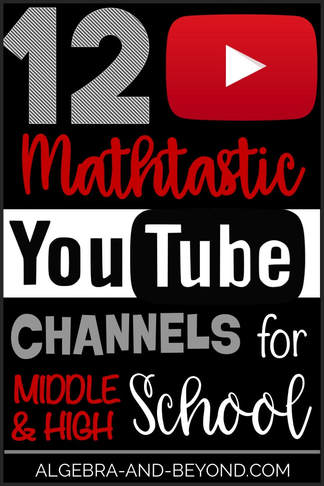 
I have spent a lot of time on YouTube looking for videos for warm-ups or even to use as review for my students. Over the years, I've found a lot of quality channels that I subscribe to, so I thought I'd share my favorite ones. They are not in any particular order because they are all mathtastic in their own way. You can click on any of the titles to go right to their home page.
CK-12 Foundation There are over 4,000 videos at your fingertips from this non-profit organization. The videos are mainly for middle and high school math and science. Teachers, professors, NASA scientists, Ph D.’s, and many other experts created the videos. Here is a neat one on Linear Functions. Mathispower4U This is my steady Eddie. Whenever I am having a difficult time finding a video for a specific topic, this is the channel I find myself going to for help. James has created over 5,000 math videos from arithmetic to calculus III and beyond. The videos with the yellow background are mini-lessons and the videos with the graph paper background are examples only. He also has a website with a list of videos for each subject, which is easier to navigate than the YouTube channel. Derek Owens Clear and concise best describes Derek’s videos. He has over 1,000 videos covering Pre-Algebra to Calculus topics, and even some Physical Science and Physics lessons. He organizes his videos by chapters of study, so it is easy to find what you are looking for. Here is one that uses great visuals for Adding and Subtracting Fractions. PatrickJMT When I first began searching on YouTube for videos for my calculus warm-ups, Patrick was my go to guy. He covers anything and everything calculus. While I mainly use him for calculus videos, he also covers other areas, such as SAT and GED math problems. He just seems like a cool, down to earth guy that loves math. Here is a quote from his bio page: “Trying to empower people with a bit of math know-how. I make straight, to the point videos on how to tackle different math problems. No gimmicks and no distractions. My goal is to make your time as useful and effective as possible when studying. These videos are intended to be a supplement to what a (hopefully) good teacher is providing you with in the classroom.” The All Around Math Guy This guy has some really cool real world examples in his videos. Here is one of his real world videos that I particularly enjoyed: Understanding Engine Size – The Volume of a Cylinder. You also can find math examples for Grade 8 to AP Calculus. Khan Academy Unless you are a math teacher living under a rock, you’ve heard of Khan Academy. While this may be one of the most popular channels for math videos, it is not my all time favorite, nor my students. However, there are tons of topics on this channel that are covered thoroughly. Khan has even expanded to a full website that includes more subjects beyond math where students can work their way through topics that they choose or that are chosen by their teacher. Firefly Lectures - Calculus At first, it looks like a Khan Academy video, but then this guy pops up in the bottom right corner of the screen and you’re like woah, who’s this? Well, I actually don’t know his name, but I do like that he added himself to the videos. It’s nice to feel like a person is talking directly to you, as well as clearly seeing the math steps on the screen. If you teach Algebra or Calculus (I, II, and II), his videos will be a great resource for you! Here is one on the Absolute Value Function: Domain and Range. eHowEducation This channel also has over 4,000 videos and the majority of them cover middle and high school math concepts. The best part is that most of the videos are three minutes or less, so they are great if you want to use it in class or assign it to your students to watch at home for quick review. Here is one on how to Solve Linear Equations with Variables on Both Sides. Mathbff Nancy, a MIT graduate, explains Algebra and Calculus topics. Even though she does not have a huge library of videos, she does have over 370,000 subscribers. I don’t use her videos a lot because most of them are over 10 minutes long, and I usually select videos that are 5 minutes or less for my students. However, I know several of my students really like using her videos to review concepts. Here is one on Solving a Quadratic Equation by Factoring. MashUp Math High tech and fun videos! This is a fairly new channel that was established in 2015, so the library is small with only 139 videos, but it is still growing. This is a perfect channel for primary and middle school math. This one is great for introducing Slope. Krista King (formerly known as Calc Expert) She has changed her YouTube channel name so many times, it may even be different by the time I post this! It doesn’t matter what her name is, she has quality videos for Pre-Algebra to Calculus III and has been posting videos since 2010. I find that she is very thorough in her videos, and they don’t take over 10 minutes, which is a plus. Here is one that explains Limits and Continuity. Bill Witte A hodge podge of lessons, lectures, and examples. You have to dig a little to find what you are looking for, but a lot of them have fun visuals and cool sound effects which students love. There are topics for Pre-Algebra to Algebra 2. Even though the resolution in this video is not perfect, I really like it for a Graphing Quadratics Overview. I subscribe to many more channels, however I didn't want to overwhelm you with too many channels, so I stuck to my top twelve. Here are some notables you might find helpful as well. They are listed by channel name and subject(s) that their videos cover: Math Easy Solutions – Calculus Math Meeting – Algebra to Calculus My Why U – Pre-Alg and Alg (about 100 videos) Miller Math – Calculus Mathman 1024 – Algebra My Secret Math Tutor – Precalculus to Calculus Math Gives You Power – Precalculus to Calculus MSLC Mathematics – Calculus Rootmath – Calculus Scott Haselwood – Precalculus to Calculus Carrie Kyser – Statistics and Calculus Math Planet Videos – All math levels Charlie LIndelof – Calculus Straighter Line – College Algebra, Precalc, Calculus, and Business Statistics Timothy Kasper – Geometry Tracey Jensen – Algebra to Calculus Vividmaths.com by Steve K – Grades 7-12 math
I hope you found some new and helpful YouTube Channels to follow for middle and high school math! Email me or comment below with some of YOUR favorite YouTube Math Channels, so I can check them out!
Check out similar posts:
|
Hello there,
|
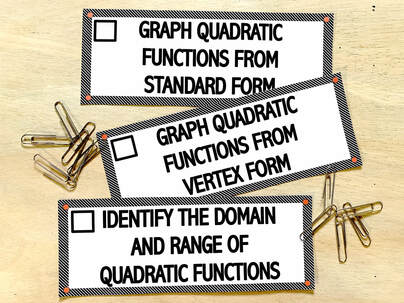
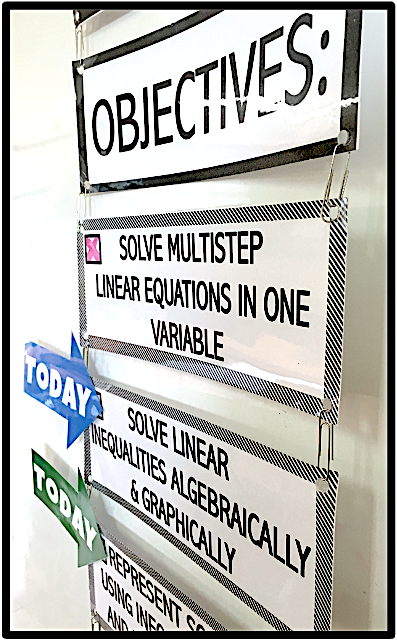
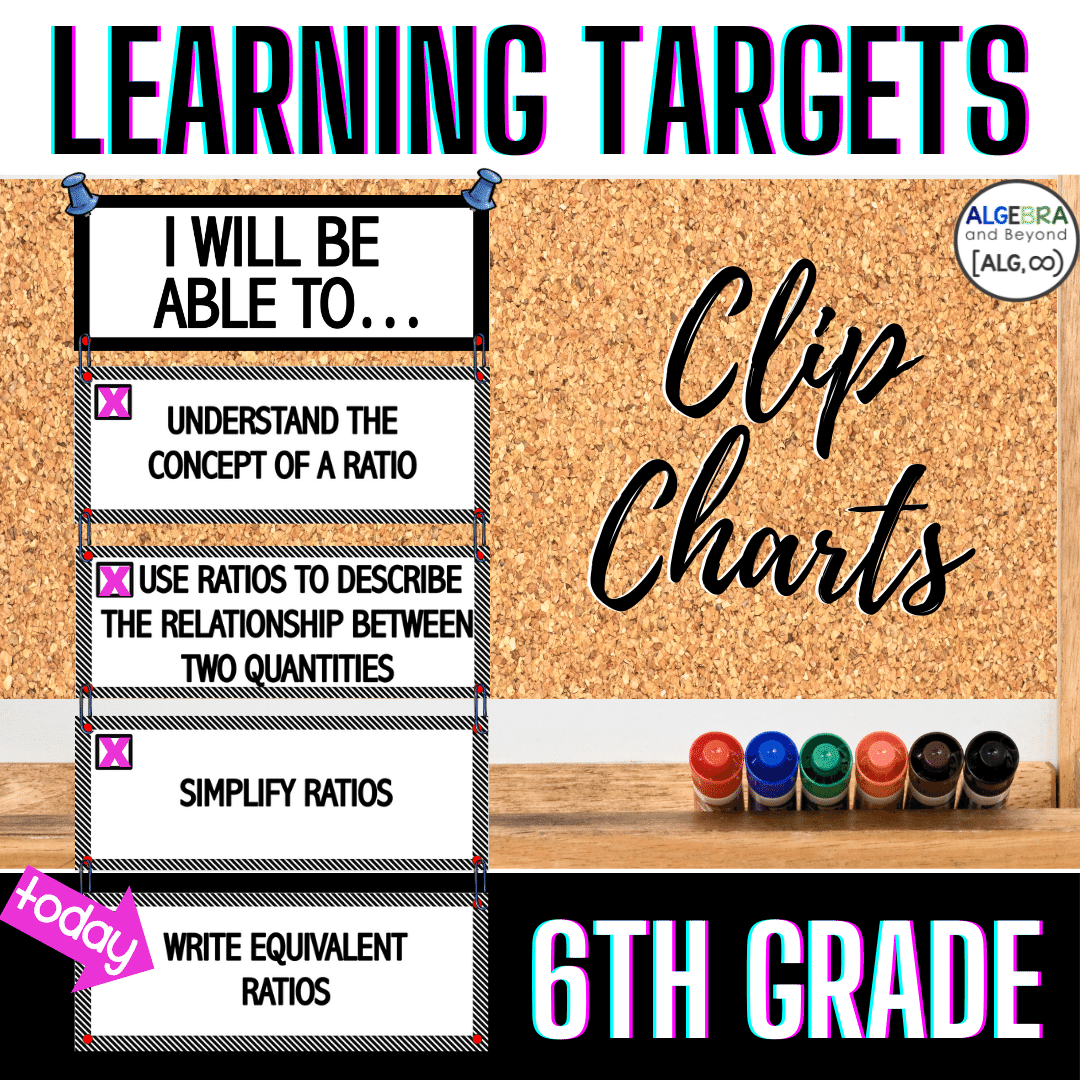
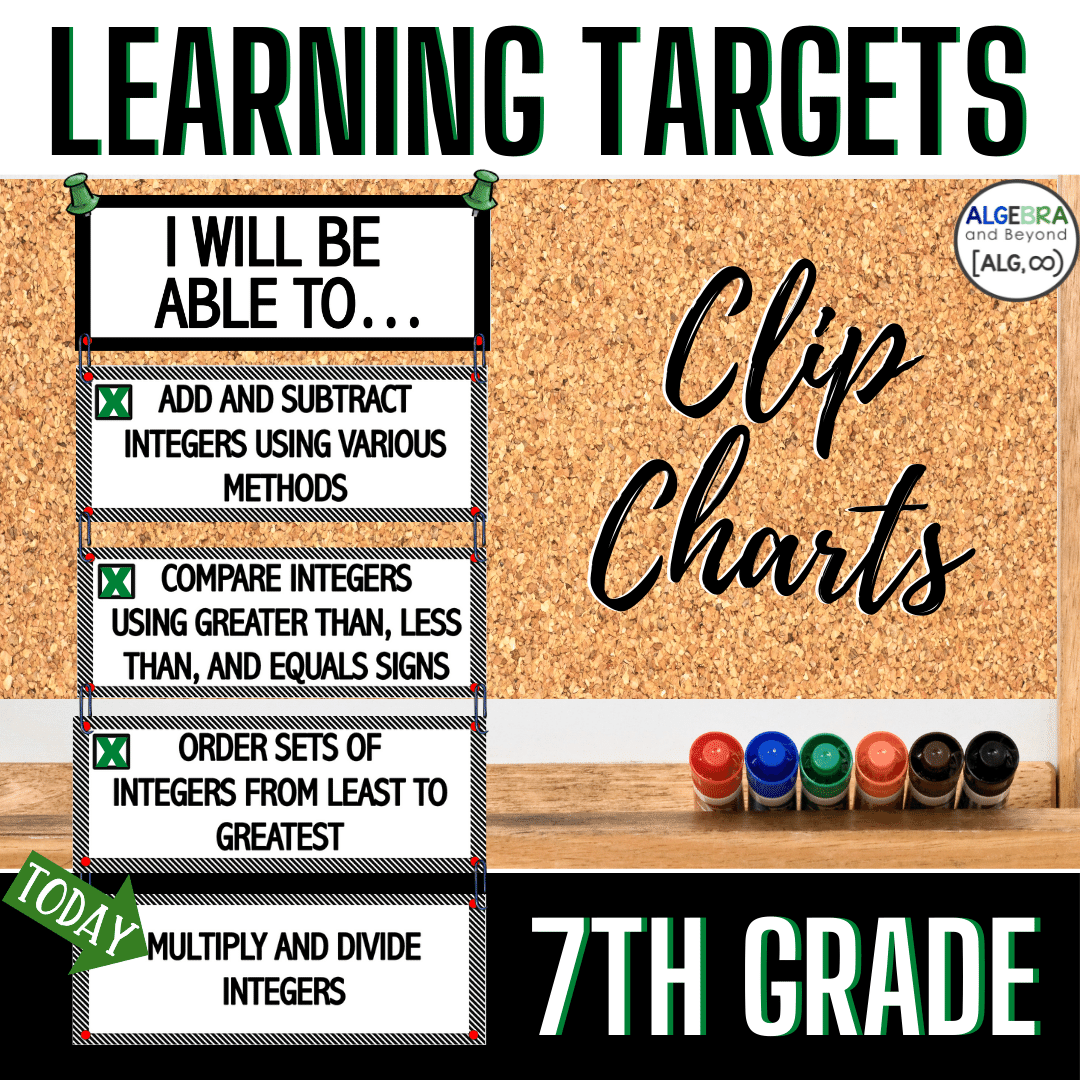
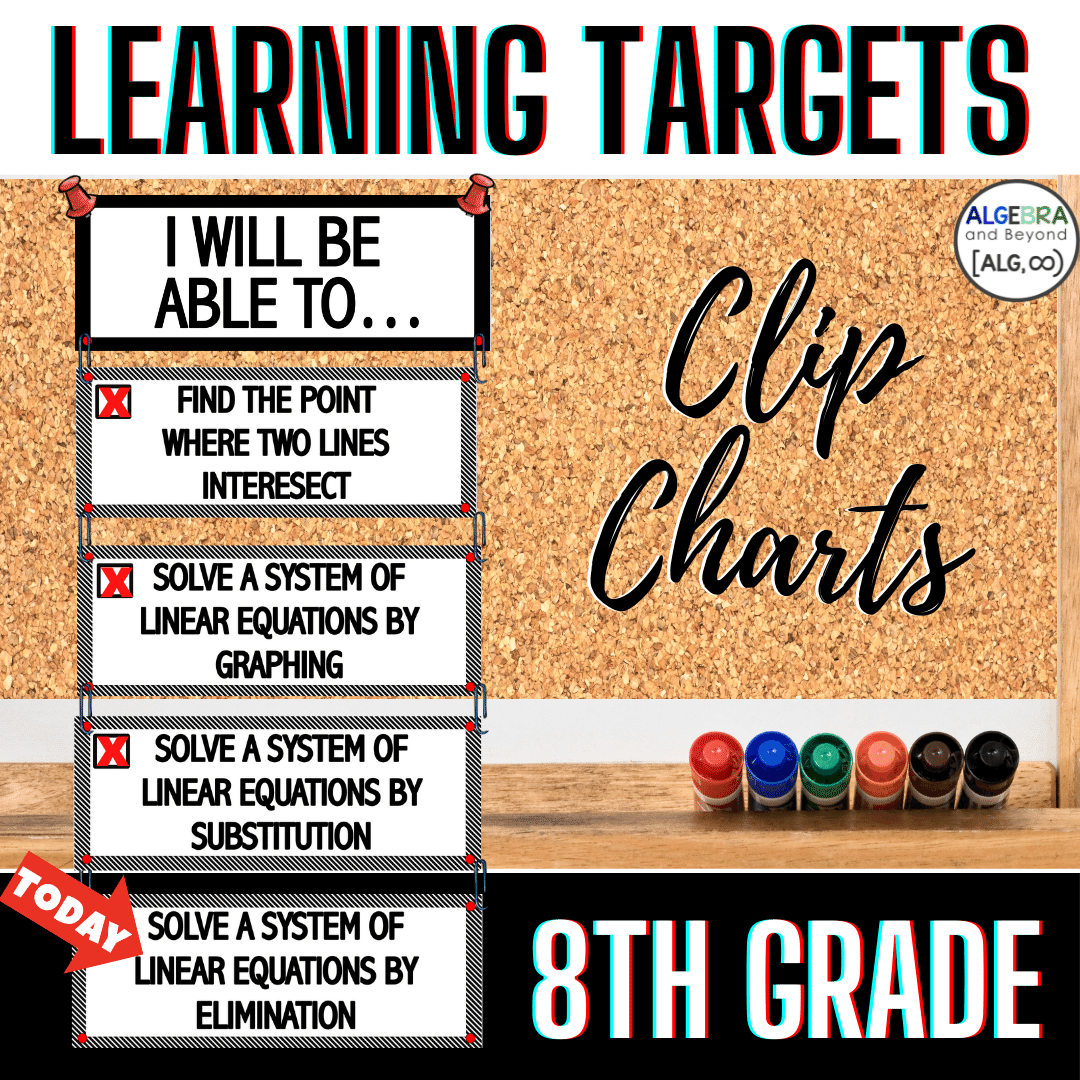
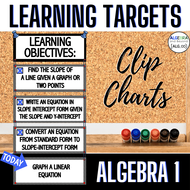
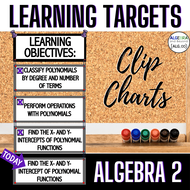
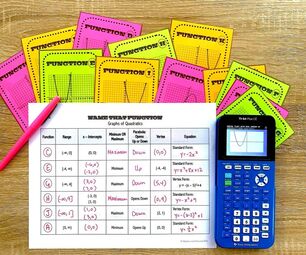
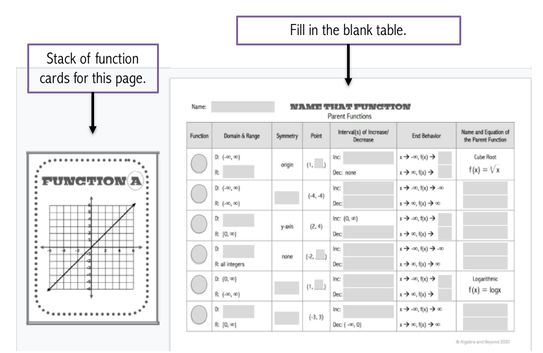
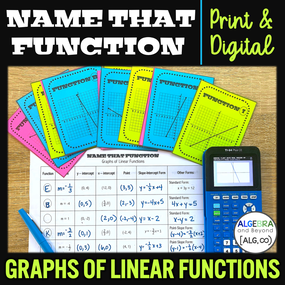
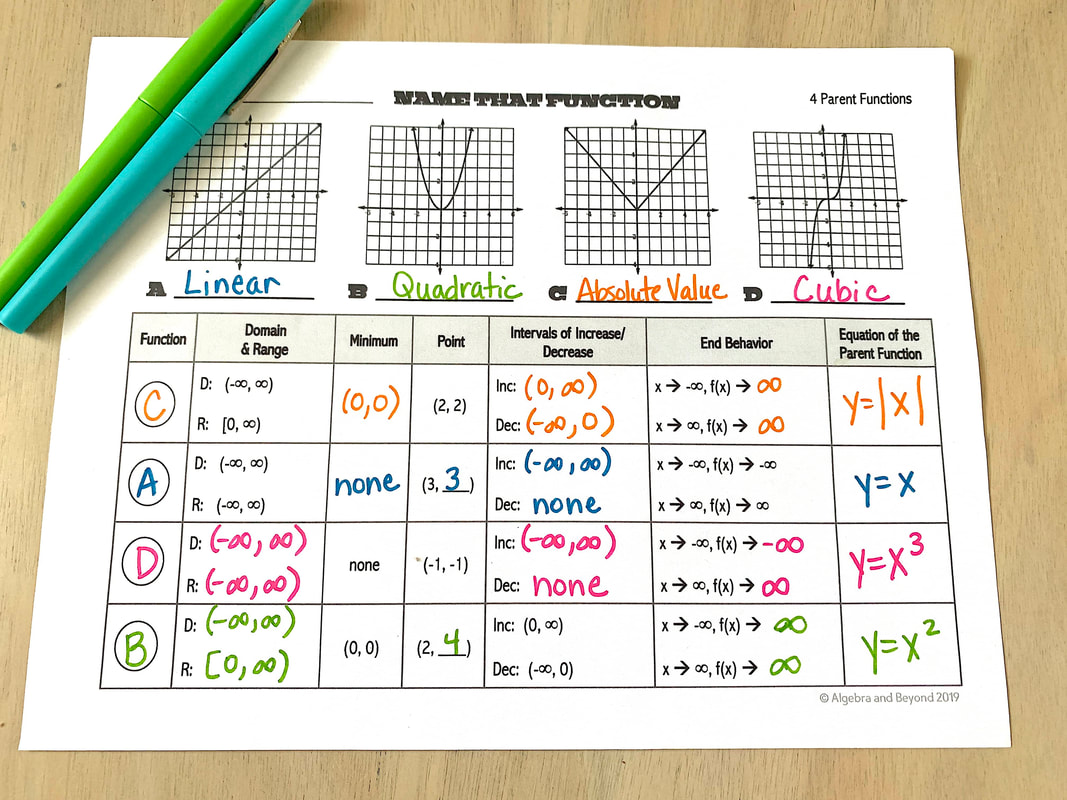
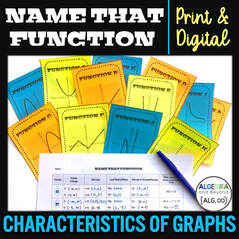
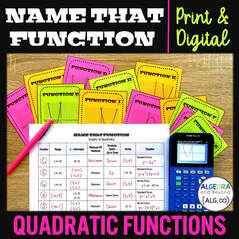
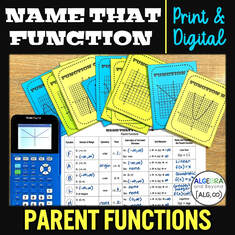
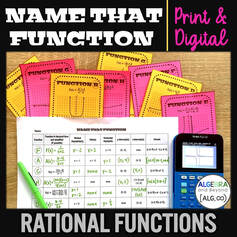

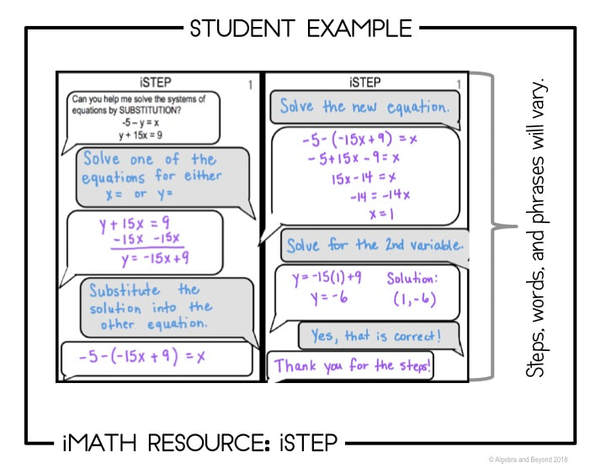
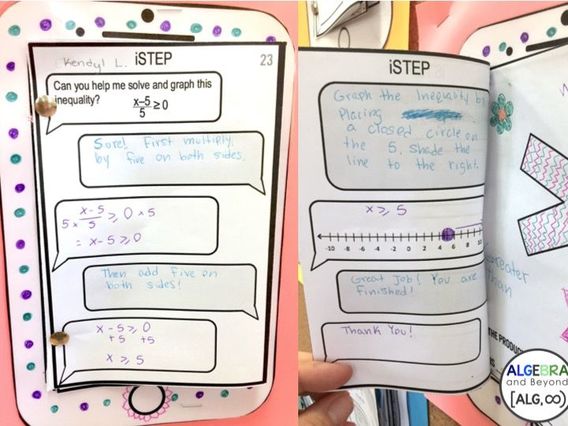
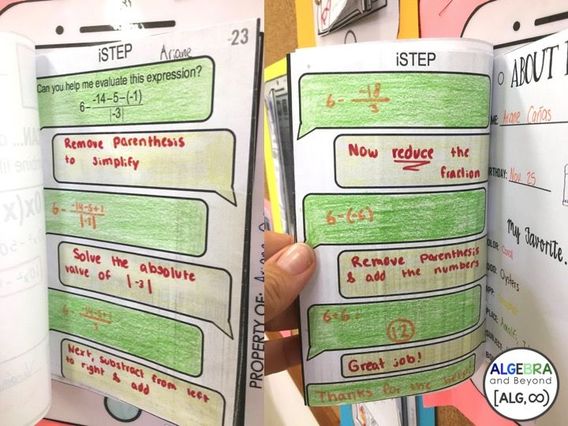
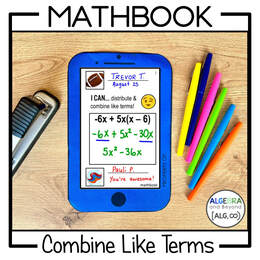
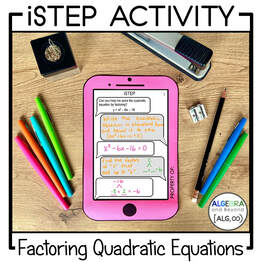
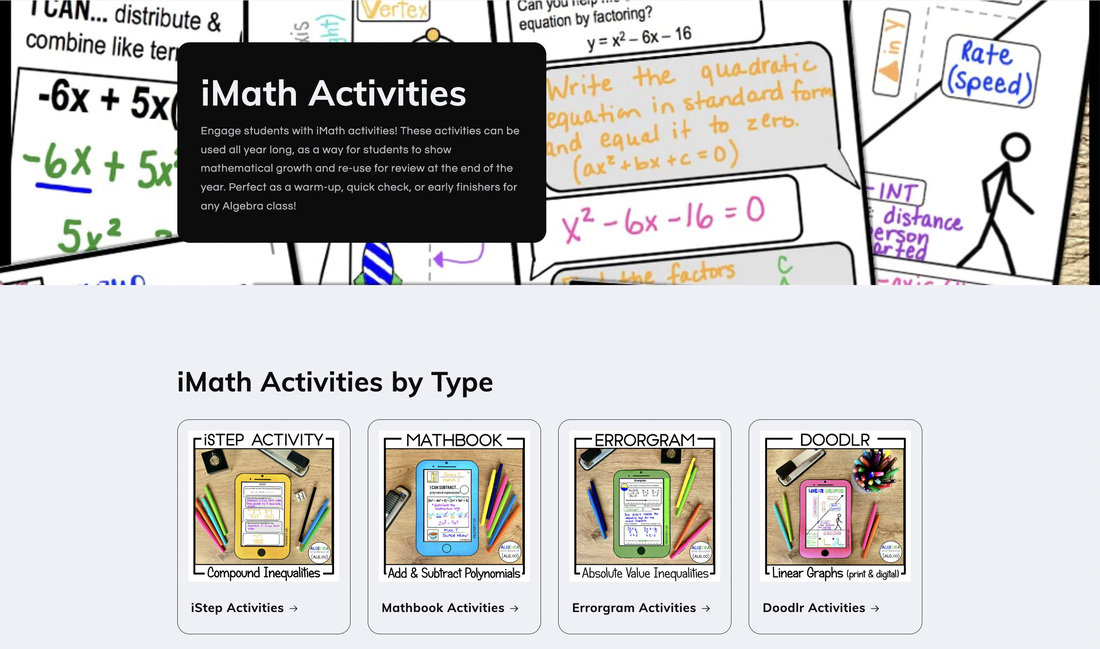
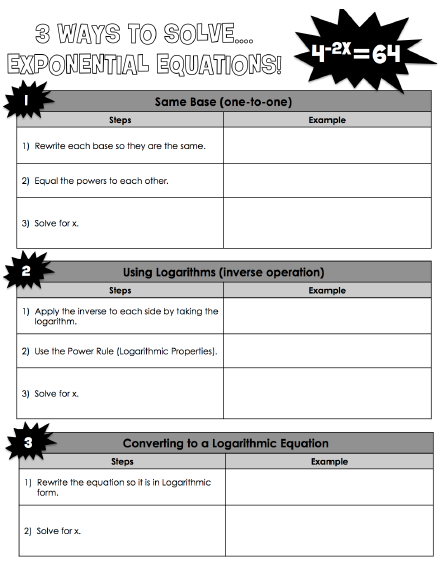
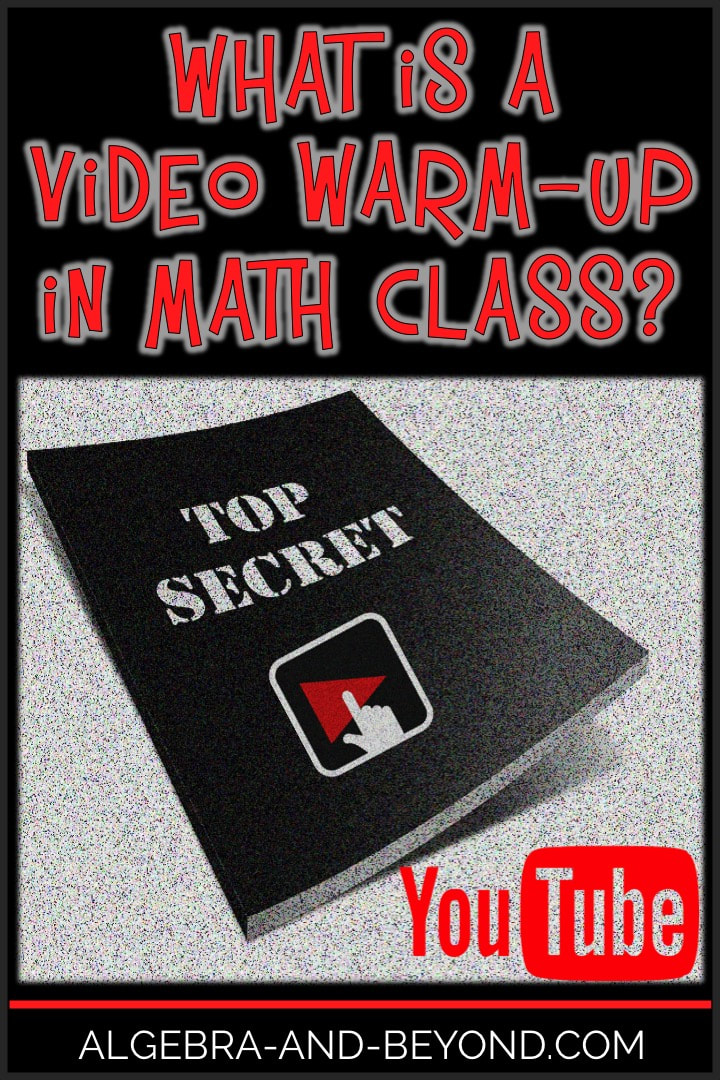

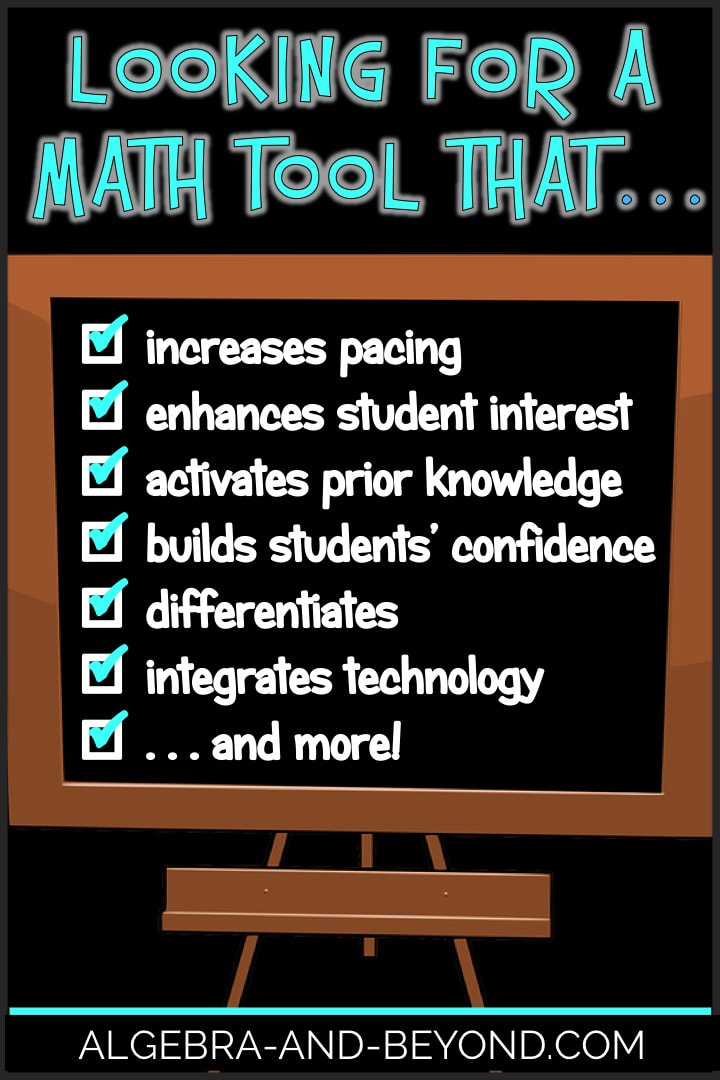





 RSS Feed
RSS Feed

